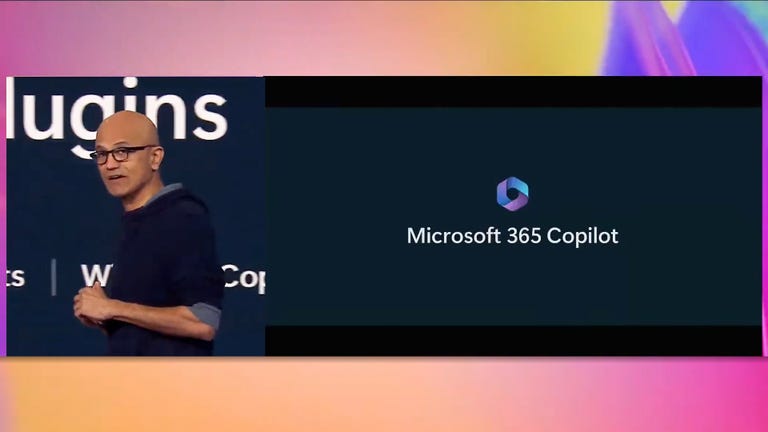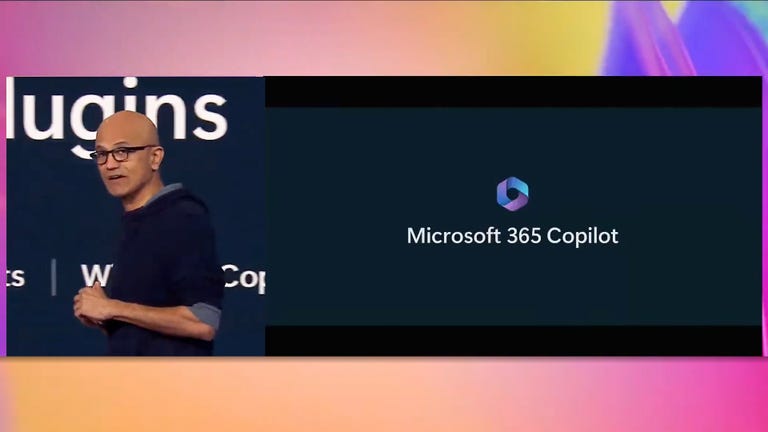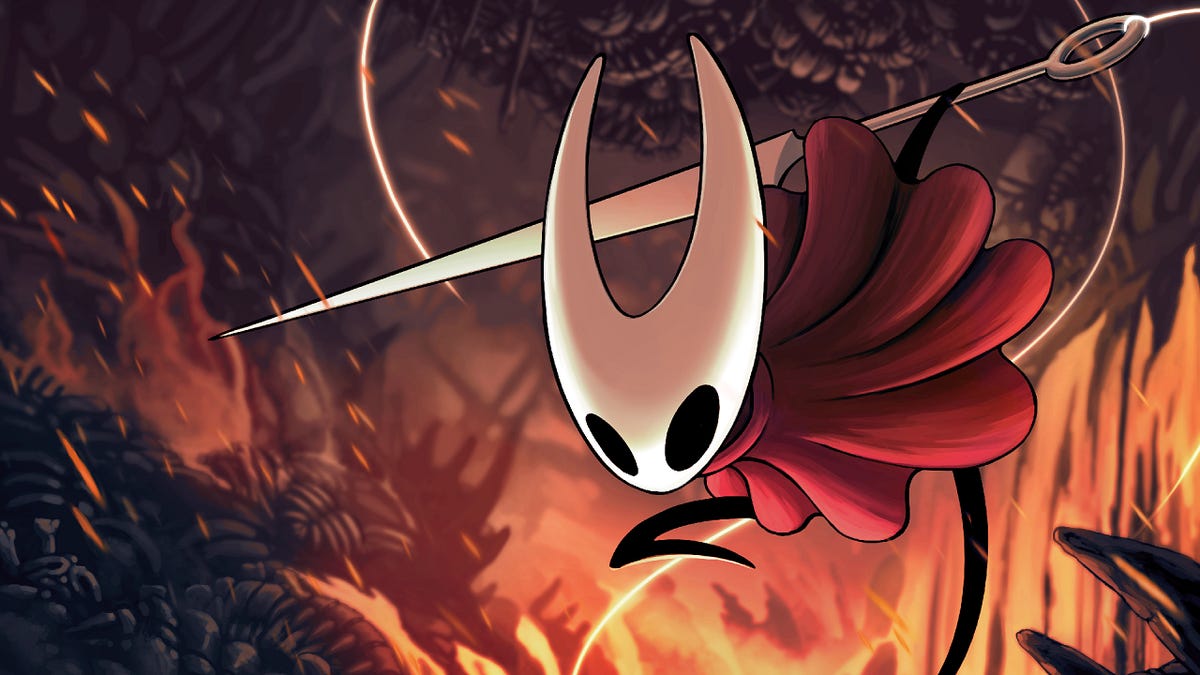Technologies
Windows Copilot Puts AI in the Middle of Microsoft’s Most Important Software
A task bar icon shaped like a loop of blue ribbon opens up an entirely new sidebar to tweak your PC, ask questions and control your apps.

Microsoft has begun building an AI chat interface straight into its single most important software product, the company said Tuesday. The tool will perform tasks like summarizing documents, suggesting music, offering tech support for your PC and answering questions you might ask a search engine or AI chatbot.
Windows Copilot is scheduled to arrive in a preview version of Windows via an icon in the task bar that looks like a loop of blue ribbon. Clicking it opens a chat interface sidebar where you can type questions or prompts like «enable dark mode» and click buttons to take actions. Microsoft will begin testing the feature in June, said Yusuf Mehdi, Microsoft’s marketing chief for consumer products.
It’s a major new step in Microsoft’s embrace of artificial intelligence technology. Previously the company had built AI into its Bing search engine and Edge web browser, but Windows is used by millions more people and for many more hours a day.
«We are bringing the Copilot to the biggest canvas of all, Windows,» CEO Satya Nadella said at the company’s Microsoft Build developer conference. The arrival of AI chat interfaces is as important to computing progress as other major moments like the arrival of the internet or the iPhone, he said.
Read More: Windows 10 Is Being Phased Out. Here’s What That Means for You
And the change reflects a growing seriousness in modern AI. Google has begun building AI directly into search, Gmail, Docs and other key services used by billions of people. Adobe on Tuesday released a beta version of Photoshop that uses AI to generate new imagery. AI remains experimental, but no longer is AI on the periphery of the world’s biggest tech products.

09:08
Microsoft also is building its Copilot technology into its Office suite of productivity tools.
Google has taken a different approach with its AI, restricting its more free-wheeling chatbot technology to its Bard chatbot and adding more factual, literal tools to search, Gmail and other mainstream tools.
Mehdi thinks that’s a mistake, though. Indeed, he hopes Google keeps the functions separate because that’ll help Microsoft’s prospects, he said.
«Customers have told us they’re not a separate thing. They think it’s all integrated,» Mehdi said in an interview. «The ability to be able to ask any question from where you are, to get search-like answers, that’s a powerful thing for customers.»
Read More: Microsoft Rolls Out Tool That Connects Your iPhone to Your PC
Microsoft added AI-boosted search results and an AI chatbot to its Bing search engine in February. It relies on OpenAI, an artificial intelligence powerhouse in which Microsoft has invested, for the core language processing technology. Thanks in part to the feature, Bing usage crossed the threshold of 100 million people per day, Mehdi said, though he wouldn’t reveal the pace of the growth.
Also at Build, Microsoft announced it’s making plugin technology available to Bing and Windows Copilot so developers can integrate their own software. That’ll let you tap into those apps using Microsoft’s AI interfaces.
And Microsoft announced that OpenAI is using Bing search engine data to help improve its ChatGPT chatbot. Search engines can be used to «ground» generative AI tools that can often make up incorrect information.
Editors’ note: CNET is using an AI engine to create some personal finance explainers that are edited and fact-checked by our editors. For more, see this post.
Technologies
Honor’s Shimmering Magic V Flip 2 Has Arrived to Outshine Samsung’s Galaxy Flip
The flip foldable, releasing in China, includes a limited edition model co-designed by Jimmy Choo.

Honor has unveiled a new flip phone in China, and the company is billing it as, «the ultimate selfie device.» The Magic V Flip 2 includes an ultra-wide portrait mode, AI photography features and a playful, sparkly design.
The Magic V Flip 2 adds another device to Honor’s increasing lineup of foldable phones. So far, it’s only releasing the Magic V Flip 2 in China, starting on Aug. 28. It will sell for RMB 5,499 or about $766 USD.
The Magic V Flip2 appears to be geared toward influencers and fashionistas — a limited edition version of the new phone is co-designed by fashion icon Jimmy Choo and is, «inspired by the subtle shimmer of crystals.» It comes in deep sea blue and has a crushed stardust design, according to Honor’s press release.
Honor is also touting the phone’s 5,500mAh battery, which it says is the largest on the market for a flip phone. The also phone features a 200-megapixel main camera, a 50-megapixel ultra-wide camera and a 50 MP selfie camera. The Magic V Flip 2’s closest competition may be Samsung’s Galaxy Flip 7 FE, which is about $200 more expensive than the Magic V Flip 2.
Technologies
Silksong, Long-Awaited Hollow Knight Spinoff, Gets Release Date: Sept. 4
Announced in 2019, Team Cherry’s follow-up is coming sooner than expected, and it’s on Game Pass on Day 1.

Hollow Knight: Silksong is the follow-up, announced back in 2019, to one of the most beloved indie games of the last decade. In a special announcement video on Thursday, Australian developer Team Cherry revealed that the wait is almost over.
Silksong will be released on Sept. 4, according to the new trailer. The almost two-minute video reveals some of the new enemies and bosses in the upcoming spinoff and ends with the surprise release date.
Originally, Silksong was going to be a DLC for Hollow Knight. However, numerous delays resulted in it being pushed back again and again. Glimpses of the game would show up here and there over the years, but it was this year that it received the most attention from Nintendo as part of its Switch 2 lineup, and from Microsoft, which confirmed it would be available on Xbox Game Pass.
Hollow Knight: Silksong will be available on PC, Switch, Switch 2, Xbox One, Xbox Series X and Series S, PS4 and PS5. It will be available on Day 1 for Xbox Game Pass subscribers.
Technologies
PS5 Prices Go Up Today. Here’s How Much and Why
You can expect to pay more for a new PlayStation, thanks to «a challenging economic environment.»

Sony will increase the prices of its PlayStation 5 consoles in the US, starting today. This follows the trend of console manufacturers such as Microsoft and Nintendo raising prices for their hardware in response to tariffs.
The PlayStation-maker posted about the price change Wednesday. The jump in price is $50 more than the current price for each model.
The new prices are:
- PlayStation 5: $500 to $550
- PlayStation 5 Digital Edition: $450 to $500
- PlayStation 5 Pro: $700 to $750
«Similar to many global businesses, we continue to navigate a challenging economic environment,» Sony said in a post about the price increase.
As of Thursday morning, retailers and Sony’s online store have yet to update the console prices. This jump in price also will likely affect recently released PS5 bundles such as the Astro Bot bundle and Fortnite Cobal bundle.
Sony says accessories have not been affected by the change and this cost hike only affects the US.
In May, Microsoft increased the price of the Xbox Series consoles and Nintendo hiked the original Switch console price and Switch 2 accessories this month.
While the companies didn’t point to the tariffs instituted by President Donald Trump as the reason for the hardware price jump, it would explain the trend in recent months.
-

 Technologies3 года ago
Technologies3 года agoTech Companies Need to Be Held Accountable for Security, Experts Say
-

 Technologies2 года ago
Technologies2 года agoBest Handheld Game Console in 2023
-

 Technologies2 года ago
Technologies2 года agoTighten Up Your VR Game With the Best Head Straps for Quest 2
-

 Technologies4 года ago
Technologies4 года agoVerum, Wickr and Threema: next generation secured messengers
-

 Technologies4 года ago
Technologies4 года agoGoogle to require vaccinations as Silicon Valley rethinks return-to-office policies
-

 Technologies4 года ago
Technologies4 года agoBlack Friday 2021: The best deals on TVs, headphones, kitchenware, and more
-

 Technologies4 года ago
Technologies4 года agoOlivia Harlan Dekker for Verum Messenger
-

 Technologies4 года ago
Technologies4 года agoiPhone 13 event: How to watch Apple’s big announcement tomorrow
